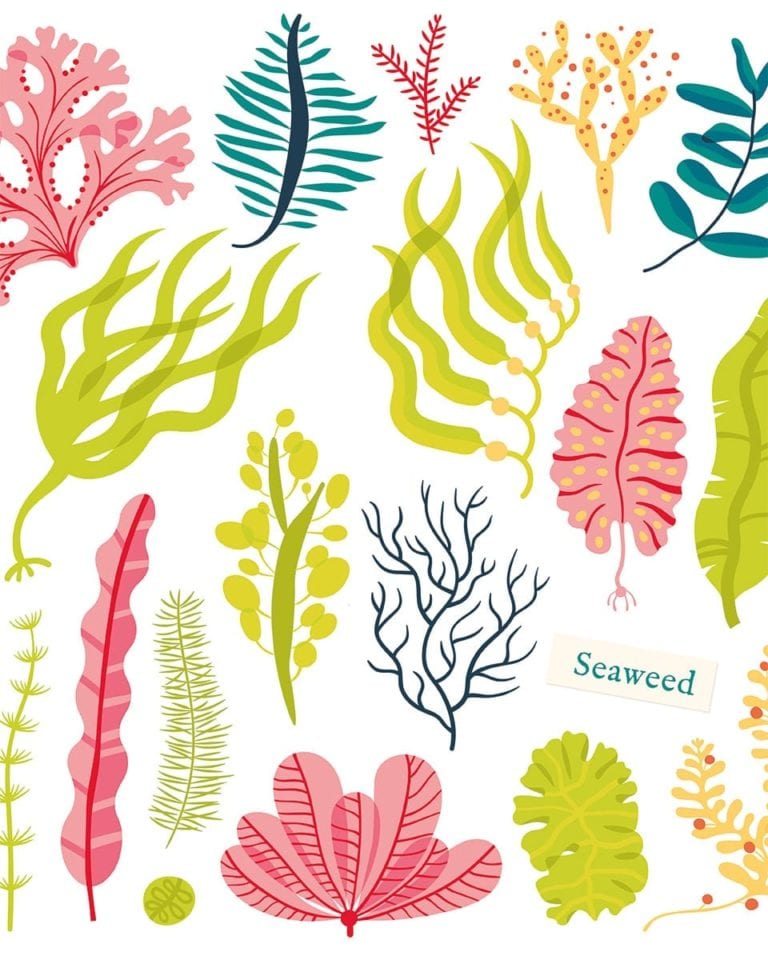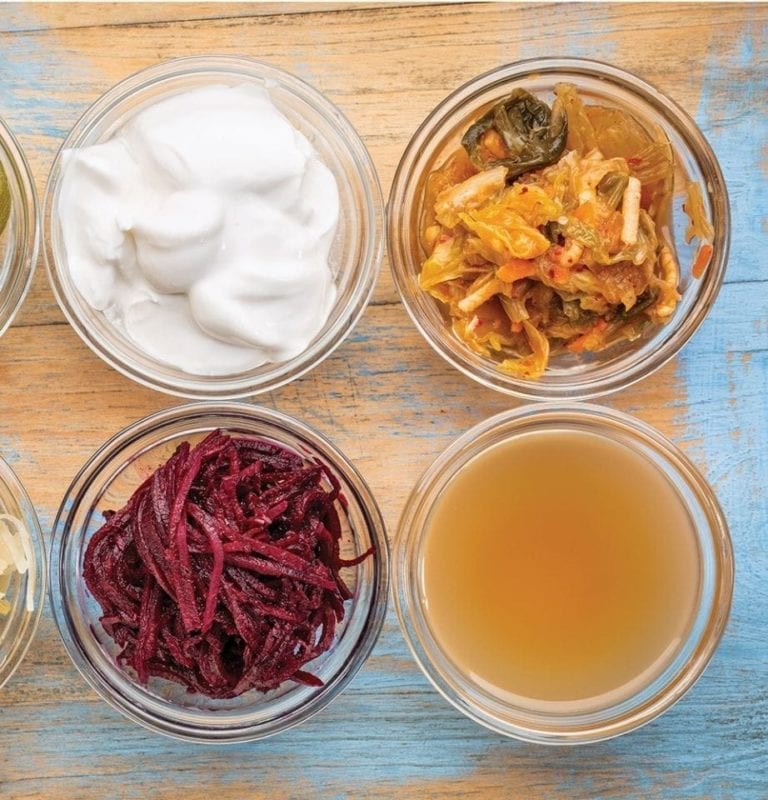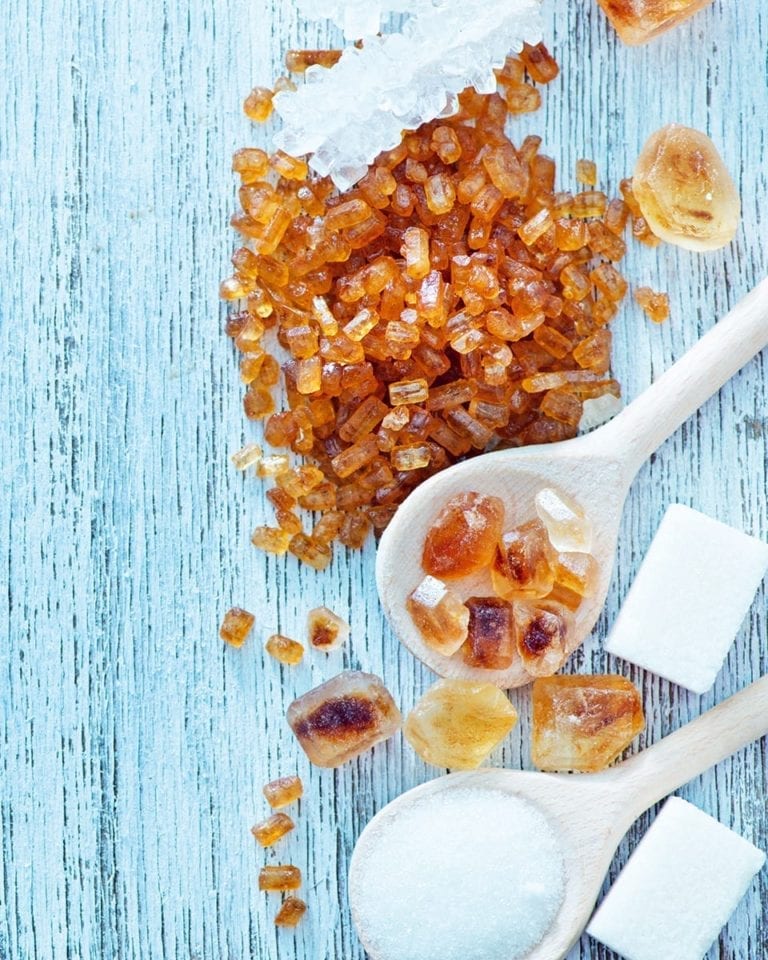Should we all be eating seaweed?
It’s turning coffee blue, has been hailed as a weight-loss cure and is touted as a potential cancer treatment. So is seaweed – basically the stuff most us are at pains to avoid at the seaside – a nutritional powerhouse?
Sue Quinn wades into the debate

It seems a vocal band of people in the UK are beginning to think sea vegetables ought to be appearing on more menus. Consumer research company Mintel reports the number of new seaweed products on the market has doubled over the past two years. Supermarkets and online food retailers now stock everything from seaweed-spiked salt and pasta to oaten biscuits and ready-meals, while spirulina, a type of blue-green algae, is being added to various products to lend colour and nutrients. Algae lattes – bright blue caffeine drinks pimped with seaweed – are even popping up in hipster coffee shops, however unpalatable they might sound.
Celebrities, as ever, are leading the trend. Jamie Oliver has called seaweed “the most nutritious vegetable in the world”, claiming he shed two stone by incorporating it into a healthy diet. And Heston Blumenthal says the NHS should be using seaweed to season patients’ meals instead of salt. The claims are big. So what’s the truth?
What is seaweed?
Seaweed (also known as sea algae or sea vegetables) has been a dietary staple in coastal regions of the world for thousands of years. There are roughly 10,000 varieties, of which 600-700 kinds grow in UK waters. The composition of seaweed varies enormously among varieties but is broadly categorised into three types:
- Red Includes nori, laver and dulse
- Brown Kelp, kombu and sea spaghetti
- Green Sea lettuce and gutweed

You can eat seaweed fresh, but it’s hard to come by unless you live
in coastal areas or have a good supplier, so keen seaweed-seekers are most familiar with cooking with the dried stuff.
Scientists and doctors agree that seaweed is rich in nutrients: protein, carbohydrate, vitamins, minerals, antioxidants and fibre. “Seaweed contains all the essential nutrients required for human health and metabolism, although different types vary in concentration,” says seaweed research scientist Lynn Cornish of Canadian marine company Acadian Seaplants.
Seaweed is a rare example of a plant rich in vitamin B12, which makes it a valuable source for vegans, who are often deficient in that vitamin. It’s also
a particularly good source of calcium in a form that’s easy for the body to absorb, and it contains soluble and insoluble fibre, good for gut health.
It turns out the brain also benefits. “One of the most critical components for brain health are the polyunsaturated omega-3 and omega-6 fatty acids,” Cornish says. These fats, which we have to consume in our diets because our bodies can’t produce them, aren’t present in seaweed in particularly high amounts but the important thing, Cornish says, is that they’re there in the ideal 1:1 ratio which is optimal for human health.
Most types of seaweed are also a rich source of iodine, a nutrient crucial for proper thyroid function and one in which the British diet is mildly deficient. Dried and powdered, seaweed is also an excellent substitute for salt.
So far, so nutritious. But what of the supposed superpowers?
"Seaweed is among the most nutritious forms of vegetation on the planet"
Curative wizardry?
Dr Prannie Rhatigan is a medical doctor, seaweed expert and author of the Irish Seaweed Kitchen (Booklink 2009), a book about sourcing, identifying and preparing seaweed for culinary use. She says there is little robust scientific evidence to prove the curative powers of seaweed – but the prospects are promising.
“As a medical doctor I have to work from an evidence base and there is little real evidence, such as randomised controlled double-blind studies [when participants don’t know if they are taking or being administered a placebo or medication], about the benefits of seaweeds,” she says. “Having said that, seaweeds show huge potential in many areas of health, such as protecting against cancer.”
Research suggests that fucoidan, for example, a compound found in some varieties of brown seaweed, may have the ability to kill cancer cells without damaging healthy ones. Relatively low rates of certain cancers in Japan, which has the highest seaweed consumption in the world, seem to lend support
to this theory. “This and other components of seaweed are currently being researched for their anti-cancer and anti-inflammatory properties,” says Rhatigan. “Huge potential is showing in animal studies, but more research
is needed.”
Lynn Cornish believes seaweed also has the potential to play a key role in treating obesity. “There are a number of scientific studies, including some human trials, that show anti-obesity benefits from dietary seaweed – most prominently components found in brown seaweed,” she says.
It’s thought these components, called alginates, not only help us feel full but also have the ability to stop fat digestion, allowing it to pass through the body without being stored.
Are there any risks?
Seaweed readily absorbs heavy metals so, says Cornish, “If you’re going to eat seaweed, it’s important it’s grown in clean, safe waters”. The British Dietetic Association also warns that while seaweed is a concentrated source of iodine
it can provide excessive amounts, so they suggest limiting intake to once a week, particularly for children and pregnant women. And people with thyroid problems should seek medical advice before supplementing their diet with seaweed.
The bottom line
Jamie Oliver is right: seaweed is among the most nutritious forms of vegetation on the planet, and it’s well worth including it in a varied and balanced diet. Claims that seaweeds can cure cancer or treat obesity, however, have not yet been proven, so let’s watch that important space…
Need to know
Keen to get some seaweed into your diet? Here are the best ways, according to doctor and seaweed expert Prannie Rhatigan
- Seek out the least processed versions possible, ideally dried at low temperatures, then milled
- Buy from reliable harvesters
- Aim to consume a mixture of red, green
and brown seaweed - Sprinkle in salad dressings or over salads
- Add larger pieces to stocks, soups and stews when cooking
- Use milled seaweed as a salt alternative
Subscribe to our magazine
Food stories, skills and tested recipes, straight to your door... Enjoy 5 issues for just £5 with our special introductory offer.
Subscribe
Unleash your inner chef
Looking for inspiration? Receive the latest recipes with our newsletter


